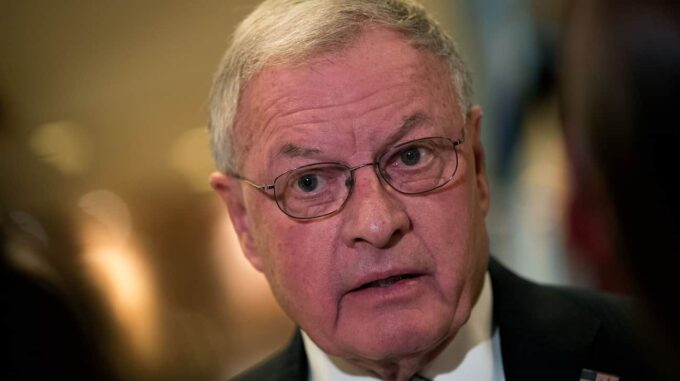In the heart of diplomatic circles in the United States, unprecedented statements have once again appeared regarding possible options for resolving the conflict in Ukraine

The U.S. Special Representative for Ukraine, Kit Kellogg, announced with optimism the alleged readiness of the Ukrainian side to establish a demilitarized zone approximately 30 kilometers long within the current front lines. This decision could become an important step toward restarting the negotiation process, which many experts have described as complex and multifaceted. According to Kit Kellogg, American diplomatic circles propose satisfying the parties with controlled and transparent oversight of a ceasefire zone, which both Ukraine and Russia would monitor. The idea is based on stopping hostilities “on the spot,” meaning on territories currently controlled by Ukrainian forces and Russian occupation troops. This implies that military units and equipment could withdraw to a designated distance while remaining within their positions, with control over these areas maintained by operators from both sides. In a live broadcast on Fox News, Kellogg emphasized that a 30-day ceasefire is possibly a starting point for further steps, and its potential depends on the parties’ ability to maintain the truce during this period. “If we can keep this zone free of hostilities for a month,” he believes, “there are grounds for further extension of the agreement. This could pave the way for a more stable settlement, which might later evolve into a full-fledged peace process.” The diplomat further stressed that the historical experiences of the Baltic states after World War II and the reunification of Germany demonstrate that political situations can change rapidly and unpredictably. Another important aspect of this diplomatic game is the confidence that Ukrainian military forces are prepared for a temporary withdrawal — about 15 kilometers toward the enemy — and, according to the U.S. representative, Russian troops are also agreeable to such an arrangement. This would create a so-called demilitarized zone spanning 30 kilometers, controlled by international command or a coalition of determined parties, which would oversee violations and non-compliance with the agreements. Importantly, this scenario is not just a proposal but a real possibility to prevent further escalation of the conflict. Kellogg noted, “We have the experience that even a short-term ceasefire is easier to maintain than a conflict that has already been entrenched. Therefore, if this initiative proves itself within a month, it could serve as a springboard for stabilizing the situation and reducing risks for both sides.” Earlier, media reports indicated secret negotiations held in Paris, marking a true diplomatic respite in Ukrainian-American relations. According to sources, the administration of former President Donald Trump provided Ukraine with a document proposing a compromise strategy. This document discussed the possibility of recognizing Russian control over the annexed Crimea and easing sanctions against Moscow, which elicited mixed reactions in Kyiv. Subsequently, in April, President Volodymyr Zelensky officially confirmed that the United States had offered their plans for Ukraine’s future during a visit to London. However, he noted that afterward, a second document appeared, significantly differing in content. He emphasized that the Ukrainian delegation, along with European colleagues and American envoys, discussed one of the drafts, but shortly thereafter, another, more conciliatory towards Russia, emerged. The Reuters agency published the full text of this American proposal, which included recognition of U.S. control over several Ukrainian-occupied territories. This sparked a wave of discussions in diplomatic and political circles, as the future of territories such as Crimea and Donbas remains one of the most sensitive and controversial topics. Currently, the theme of a peace agreement remains one of the most pressing in global diplomacy, with Kyiv and Washington reaffirming their commitment to maintaining sovereignty and territorial integrity. However, behind the scenes, negotiations and discussions continue that could change everything. The geopolitical landscape is a long and intricate game, measured not only by diplomatic declarations but also by actual steps on the battlefield and in government offices.

